The Leica M Typ 240 is in full production. Just a little more patience, Leica’s about to update the eagerly awaited hardware with the finalized firmware. Right now, Leica is still receiving feedback from beta testers. But not too long and this latest generation M with live view, video and many other bold features is ready to ship. Thanks to Dr. Ulrich Rohde, German university professor currently teaching in the U.S., thanks to Mr. Rohde THEME can offer you the first full resolution M240 JPEG and DNG sample images. Additionally we have some direct M9 vs. M comparison crops. Have a look at them. Need I say more?
+++ Disclaimer: Don’t shoot the messenger! These first images are early firmware and intended to just wet the appetite a bit. Stay tuned, in a few days we should receive further full resolution and better quality M JPEG and DNG files shot with the latest revision firmware.
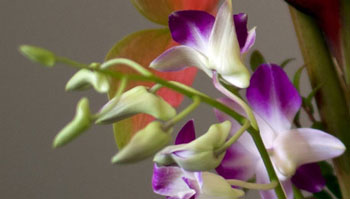
Rohde is one of the few lucky early beta testers, but even though he knows a thing or two about the next next Leica M, he’s careful enough to not spill the beans. Rohde says so much: “The jump from the Leica M9’s CCD sensor to the M’s CMOS is much more dramatic than the jump we’ll see from the 240 to the next model.”
Looks like the alleged IQ advantages enjoyed by CCD technology might turn out to be nothing more than an urban myth when compared to this silicon-based CMOS’ output. If the sensor is great. And the firmware.
The new Belgian CMOSIS imaging sensor is rock solid, says the professor, and is likely to be the basis for other future Leica products. Remember, there’s neither live view nor video with a CCD sensor because the increased power consumption leads to heat issues.
The difference between the M9 and M is, put mildly, quite dramatic, says Rohde. As for CCD vs. CMOS, he explains, also the DSP (digital signal processor) and firmware can make CCD and CMOS so close that the eye won’t be able to say which one is which. Looks like this new CMOS’ signal processing chip gets the same top performance as from CCD. Remember, color accuracy is nothing but algorithms.
Now here are — for you to play with — the first full 24MP resolution Leica M (240) JPEG and RAW/DNG sample images available for download, provided by Dr. Rohde. JPEG images have a 5,952 x 3,968 pixels resolution, DNG 5,976 x 3,992.
But to begin with a few more words by Mr. Rohde explaining why he’s convinced this Leica is a quantum leap by the German camera maker. He’s very fond of the M9, but “a few things that I didn’t like, such as red shift or saturation and contrast too high, they’re gone. The M delivers straight out of the camera what the eye sees.”
Says Rohde:
I would describe the M240 as a huge boost in capabilities. Straight out of camera, without any processing, the M images are sharper, the color is more spot on and dynamic range is better. The M has 6 dB better dynamic range. A word about noise: The silly noise issue has become a witch hunt to play one manufacturer against the other. I also have the D600 and Canon 1Dx. In terms of noise, the M is equal or slightly better than the D600. Don’t forget, exposure meters have tolerances and if the contrast of the picture is too high, M noise at ISO 6,400 is slightly visible in some corners. But of all the high-end cameras I have, this Leica has the cleanest noise performance. The M has become my favorite camera. Congratulations to Leica, six months ago nobody would have believed me that the M can produce such phenomenal pictures. Incredible how much more “real” the M files look.
Regarding his choice of lenses Rohde says:
I have used 16mm, 18mm, 21mm as well as 28mm, 35mm, 50mm, 70mm and 90mm with the M I have for evaluation from Leica. I have been impressed by the sharpness of lenses in this range. I like the 50mm F1.4 best, even the 35mm F1.4’s both latest designs. The 50mm F0.95 is somewhat exotic, but gives good results.
For the R lenses I used the Novoflex adaptor. I am torn if I like the R or the ASPH M lenses better. The R lenses are warmer and the ASPHs extremely sharp.
The hardware is now perfect. Live view allows exact focusing. No more discussion about front or back focusing.
For me the more correct colors of the M, the lower noise — even at ISO 6,400 –, the R lenses with adapter, movie abilities and live view make it difficult to go back to the M9. Even the highest ISO setting of 6,400 shows no visible noise when cropping to 100%. You get better, more accurate colors, they’re no more oversaturated, and the famous Leica look is still present.
Here are two M JPEG vs. DNG samples. Straight out of camera without any tone, contrast or color correction. And please do download DNG only if you have good use for them. The files are nearly 50MB heavy, that’ll put quite some load the my server… Appreciate your good intentions.
Further below are some direct Leica M9 vs. M comparison shots. As said, this is not final, but mature firmware. Honestly, right now the M9 files look quite on par with the M’s. Official beta testers are still giving input to Leica, so things can only get even better. Especially the M’s JPEG conversions till look a bit smudgy and mushy upon close inspection. I’m sure Leica won’t disappoint with the final firmware and updates thereafter.
(JPEG/DNG samples taken with the 50mm F1.4 ASPH.)
+++ BTW, you can preorder the Leica M from Amazon (black/silver), B&H (black/silver) or Adorama (black/silver). First batches should reach dealers in March.


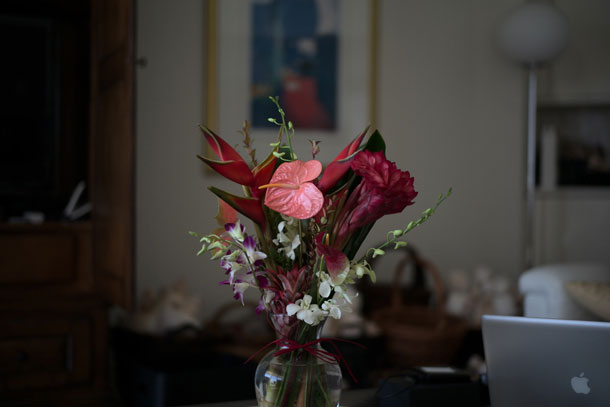
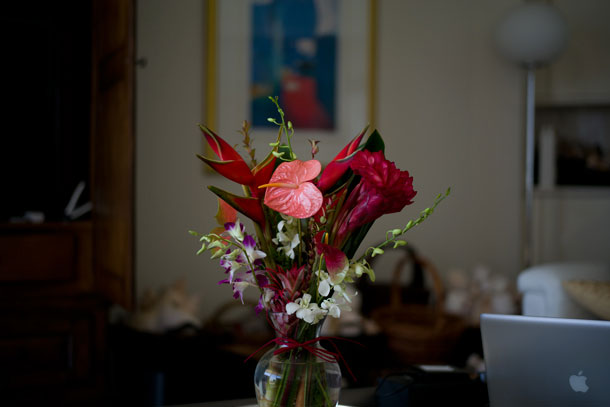
And here some Leica M9 vs. Leica M comparisons (tones slightly adjusted for this resized versions; RAW conversion in CS, plus cleaning of dust specs from sensor). And again, this is not the latest firmware. Especially white balance is still a bit tricky. Latest revision samples are to be published right here on THEME in a few days, stay tuned.
Guess it’s safe to say, resolution-wise the Ms DNG files beat out the predecessor easily.
For the first series below, here’s the full resolution M240 JPEG, right-click to save the DNG file.
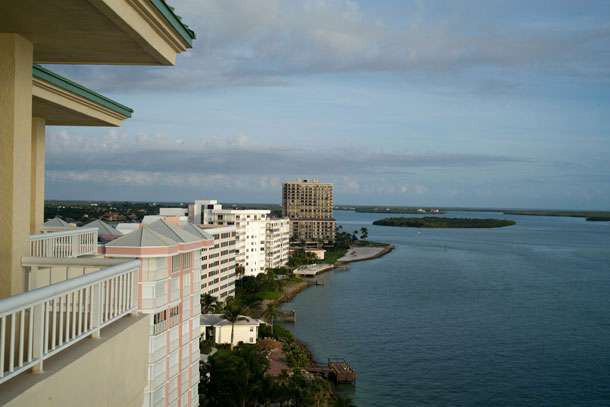

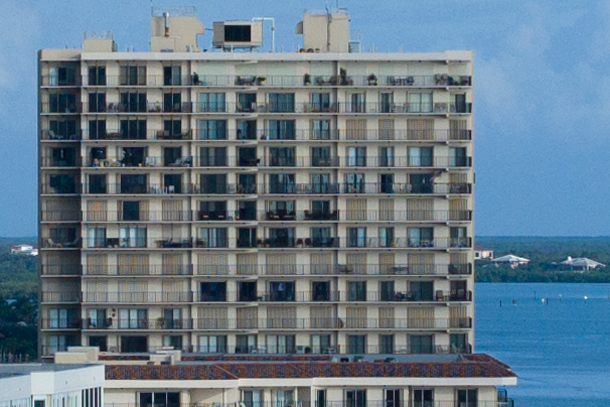
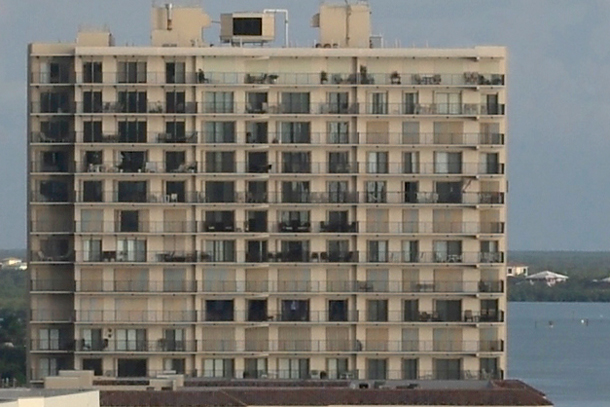
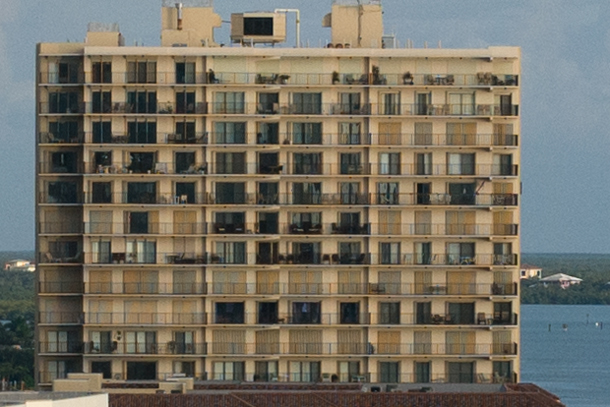
In this second series, have a look at the sand and the bricks. Zoom in 100%. Now which camera delivers the detail?
Download the full resolution M JPEG and right-click for the DNG file.
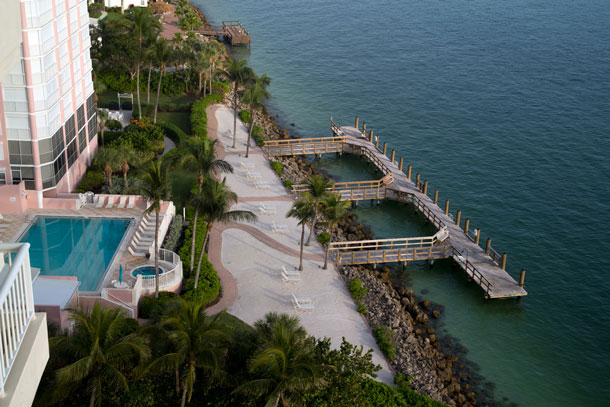
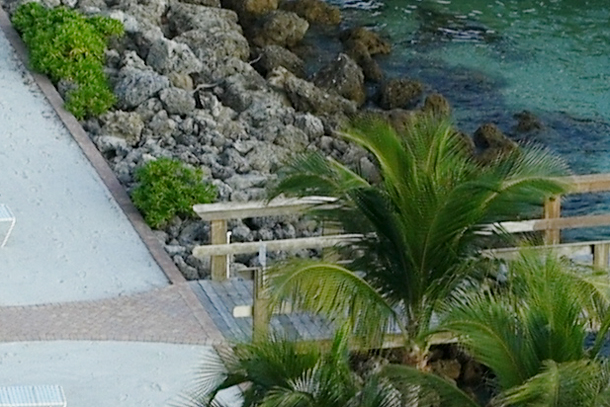
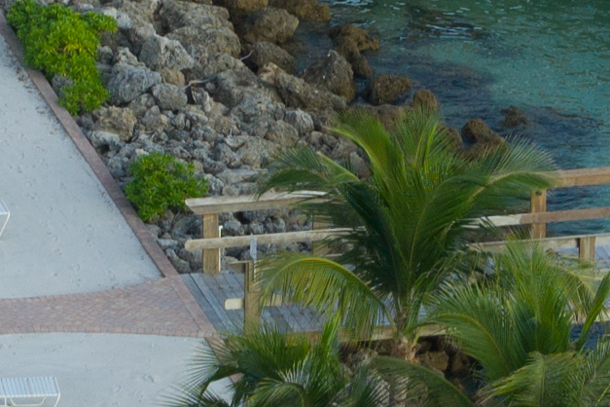
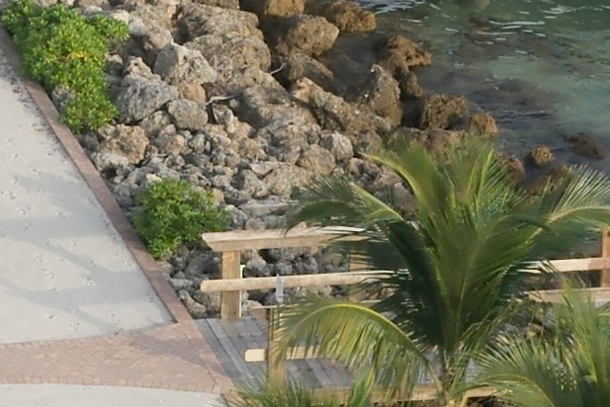
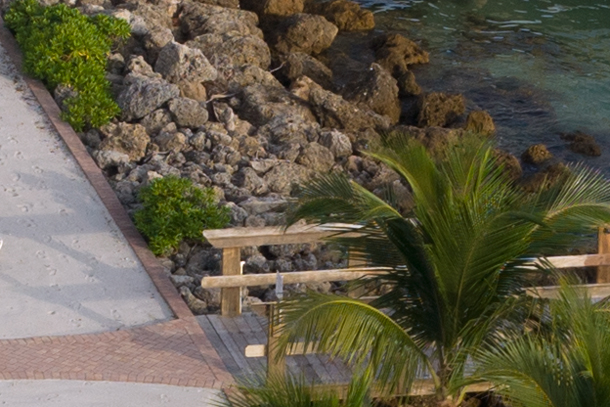
(Further Leica M240 sample images by Dr. Rohde can be seen here. Most of the pictures are taken with Rohde’s favorite Tri-Elmar 28/35/50mm and a 75mm lens.)


